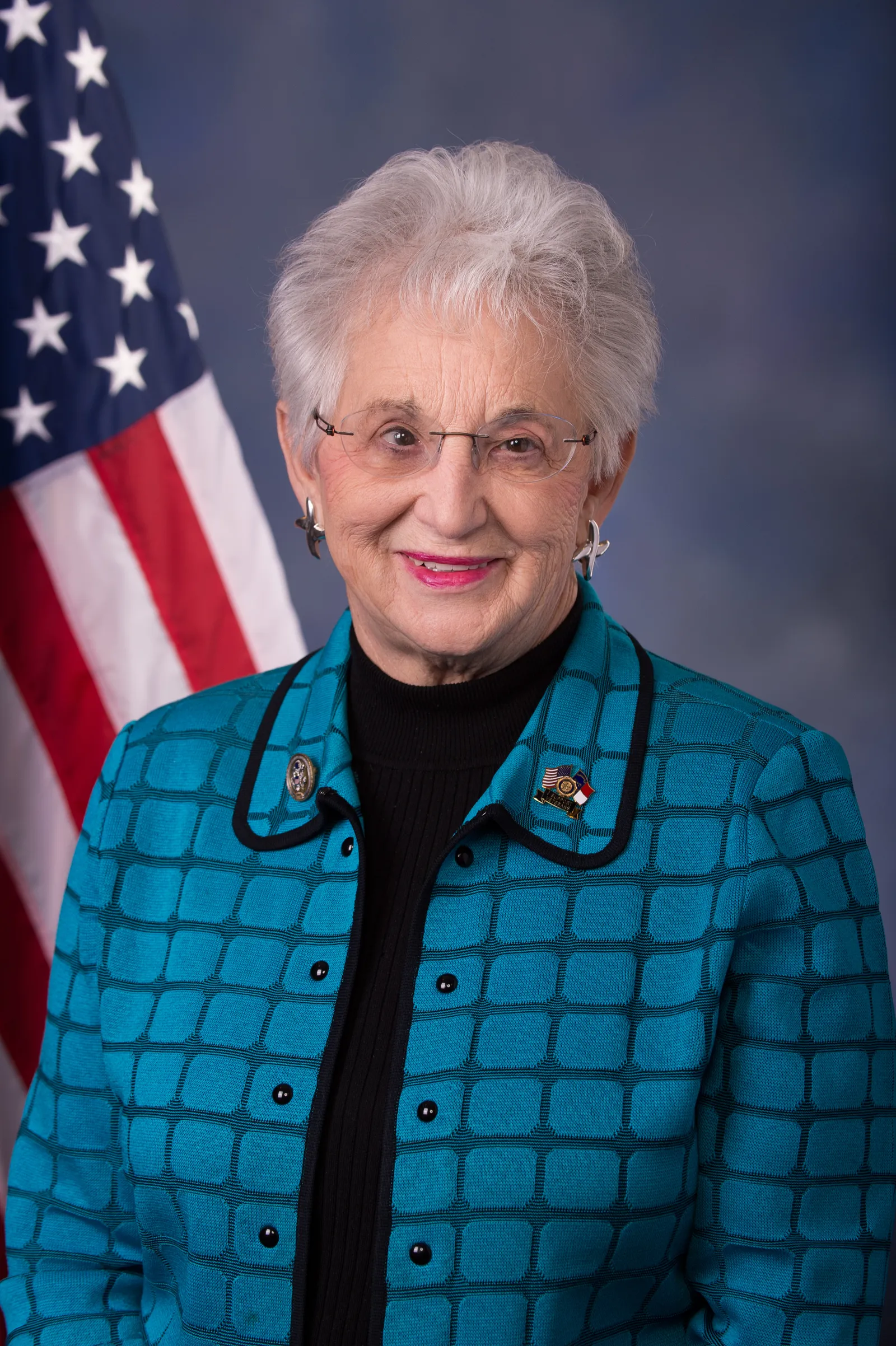Rep. Virginia Foxx, R-N.C., is chairwoman of the House Committee on Education and the Workforce. Sen. John Boozman, R-Ark., is ranking member of the Senate Agriculture, Nutrition and Forestry Committee.
As federal lawmakers, we understand the important task of safeguarding the well-being of our nation’s students while not encroaching on the inherent wisdom and guidance of local professionals.
When it comes to providing the highest quality student meals, our nation’s school nutrition professionals know best.
We have met with school nutrition professionals across the country, and no matter where they are, they strive to ensure children consume the foods that will help them thrive.
These are the real experts on child nutrition, and they are living in the communities they serve. These professionals are qualified nutritionists, and many are registered dietitians, who understand that the ideal meal varies by culture, age, geography and more. They greet children each morning, share a smile or a hug, and see what kids eat and what goes in the garbage.

Unfortunately for schools and families, Washington bureaucrats think they have a better grasp of what children should and will eat than those serving our children. Science may design the perfect meal, but isn’t that irrelevant if children who need it most won’t consume it?
On March 7, 2023, veteran agriculture reporter Jerry Hagstrom reported that Agriculture Secretary Tom Vilsack spoke directly with a food services director during an on-site school visit. The director was quoted as saying, “We fear that [the U.S. Department of Agriculture’s school meal] regulations will push the neediest students away from [school meals].”
This message was echoed to Congress and USDA as hundreds of school meals professionals recently traveled to DC to share their concerns about the agency’s proposed regulations.
Within a complex web of regulations, school nutritionists have been preparing nutritious, tasty meals for decades. The disagreements are not about what percentage of kids’ plates should be dedicated to fruits and vegetables. The current debate is really about the strong hand of the federal government in every local lunchroom.
Under the new rule, schools must apply a stricter added sugars standard to nutrient-dense yogurt than the rest of their menu, remember which children are allowed to have flavored milk, and must be ready to change their meals every two years to accommodate the fluctuating regulations on sodium. This will add significant costs to schools, which the U.S. Department of Agriculture mandated with the stroke of a pen.

These few examples of new arbitrary regulations come on top of the current standards, which are inconsistent and unreasonable in their own right. It makes no sense that a whole banana is credited as one-half cup of fruit, but a whole apple is credited only as one-fourth cup.
Even more baffling? Requiring vegetable allocations down to the one-quarter cup serving — by color — but then saying artichokes, asparagus, green beans, green peas and green bell peppers do not fit in the “green” category. It defies common sense.
It is time we heed the advice of those doing the real work in our local communities. They care deeply about nutrition and their students, are masters of the balanced meal, and they know what kids will eat.
USDA must stop giving lip service to these hard-working professionals and students. School foodservice providers and nutritionists deserve a stronger voice than Beltway “experts.” Hear their concerns, and truly listen to understand.













